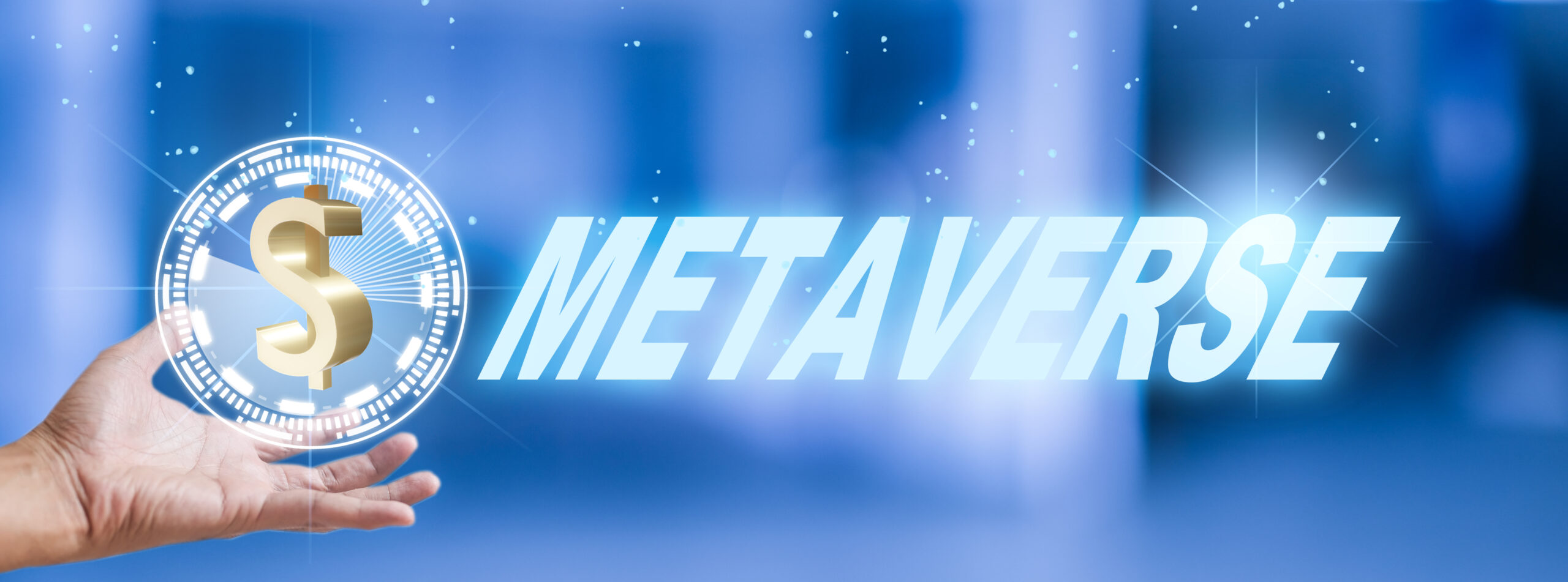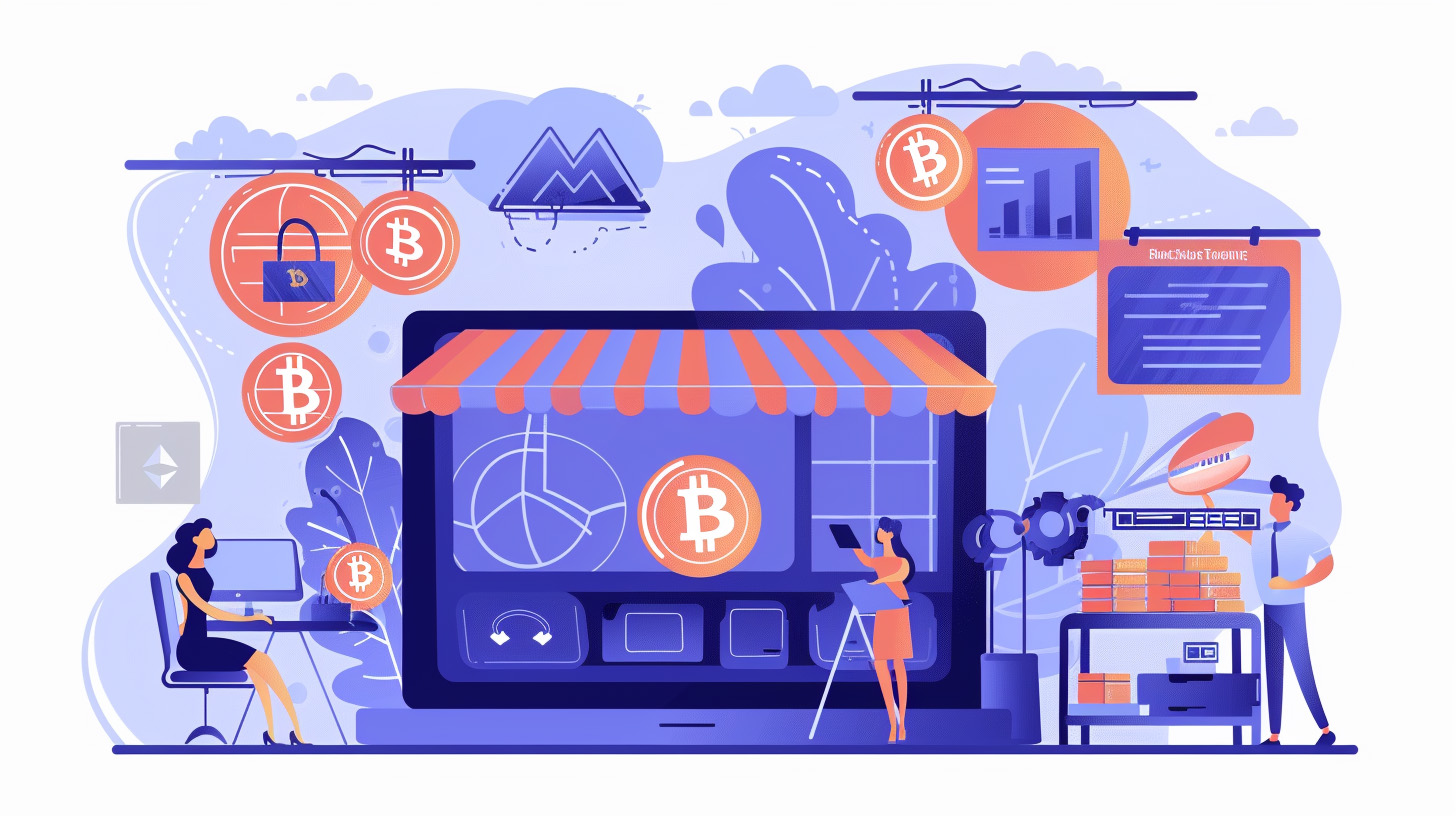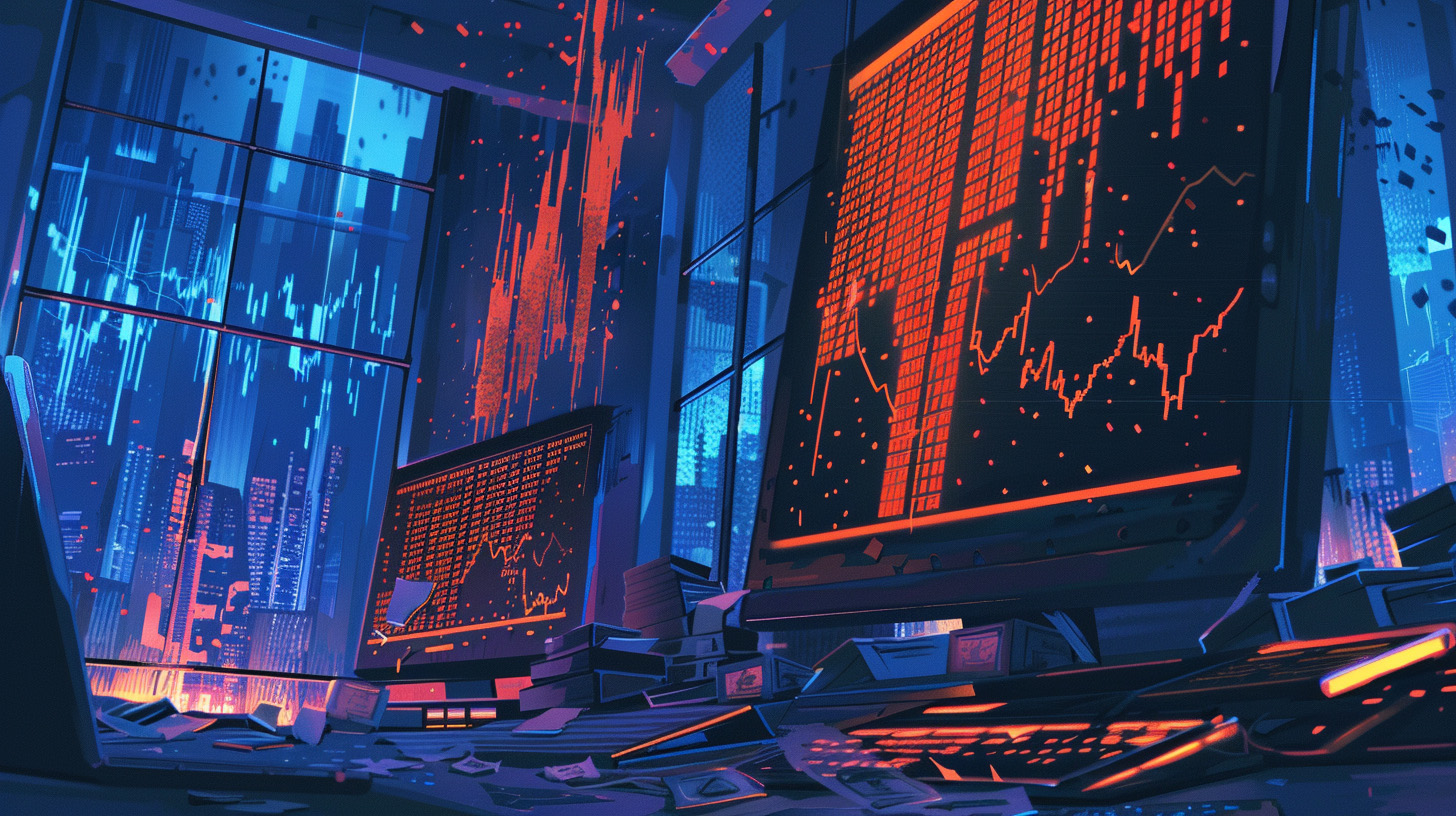
These 7 Layers of the Metaverse Have Business Potential
Oct 3, 2022 3 minute Read
The metaverse is a digital world that exists beyond our own. It is made up of seven layers, each with its own unique purpose. Businesses are already taking advantage of the opportunities offered by the metaverse, and more are sure to follow. In this article, we will explore each of the seven layers of the metaverse and discuss some of the businesses opportunities you can take advantage of in each.
Experience — The Consumer-Facing Layer
The experience layer is the first and most visible layer of the metaverse. It is where users interact with the digital world. This layer is focused on providing a great user experience, with features like realistic avatars, easy navigation, and a wide range of activities to keep users engaged.
The experience layer is currently dominated by platforms like Second Life, Sansar, and Decentraland. These platforms allow users to create their own virtual worlds, and they are growing in popularity as more people become interested in the metaverse.
Think of this layer as what people mean when they say they use Second Life or Meta’s metaverse. It’s the interactive world that allows users to do things like play games, participate in esports competitions, and shop.
For businesses looking to get started with the metaverse, this is one layer that is difficult to monetize unless you plan to open your own metaverse. And that could be a great idea—opening a niche metaverse for likeminded folks who want a more streamlined virtual reality.
Discovery — Ads, Shops, and Real-Time Social Networking
This is the layer where users discover what’s what in the metaverse. It’s where users find new and interesting content. It is a mix of ads, shops, and social media.
Ads are a big part of the discovery layer. They allow businesses to reach new customers and introduce them to their products. Ads can be in the form of static images or videos, and they can be targeted to specific audiences based on their interests even in the metaverse.
In fact, ads are even more versatile in the metaverse because even though you’re operating in an entirely digital space, it’s interactive. You can adopt real-world ad methods in this digitally physical world. Think billboards or product placement (e.g., JIF peanut putter in someone’s virtual kitchen).
Shops are another important part of the discovery layer. They allow businesses to sell their products directly to consumers. You can sell anything you want in this space: virtual real estate, avatar clothing, hairstyles, digital furniture, etc. The sky’s the limit. Even apps and app stores are possible in the 3d space.
The social interaction is possibly the biggest aspect in this discovery layer. Users can see what’s going on in real time and even attend live events. They can see what their friends are listening to, what games are being played, who is in what part of the virtual world. And, for you as an entrepreneur, they can see how trendy your products are.
This is one of the best layers to get your hands on. There’s unlimited potential for growth and a plethora of ways to monetize.
Creator Economy — Products in Circulation
The economy layer of the metaverse is all about the exchange of goods and services. It’s where users can buy and sell products, and it’s also where businesses can trade with each other. We can consider this the metaverse market.
One of the most popular ways to do business in the economy layer is through virtual currencies. These are digital tokens that can be used to purchase goods and services in the metaverse. There are a wide variety of virtual currencies, but the most popular one is Bitcoin because of its decentralized nature and the anonymity surrounding it. Transactions are not linked to a person’s identity. This makes it a popular choice for consumers who use the metaverse as a literal second chance at life.
This layer is made for content creators, and not just creative professionals who have expertise in some field like graphic design, 3D animation, or modeling. Because of the more simplistic frameworks we have available today (in the sense that they’re approachable), anyone can be an creator. Like how the 3D engine Blender is open for public use. Designer, crafter, modeler, landscape artist. All of these professions can be performed by anyone in the metaverse with wide reach and potential for virtual success. It’s community-driven content taken to the next level.
Marketplaces are abundant—you can even create your own. Always wanted to run a ceramics shop but the cost and time never appealed to you? Open one in the metaverse. It’s a place to sell new experiences. A full ecosystem of curiosity and potential at every corner.
Spatial Computing — Virtual Reality and Geospatial Mapping
This layer is all about the nuts and bolts of the metaverse. It’s where the code is written and the servers are run. It’s also where developers can create new virtual worlds or add features to existing ones.
One of the most important aspects of the computing layer is virtual reality (VR) and augmented reality (AR). VR allows users to enter a completely digital world that looks and feels like the real one. It’s been around for a while, but it’s only recently that it’s become more mainstream with headsets like the Oculus Rift, HTC Vive, and PlayStation VR.
Businesses can use VR to create new products or to promote existing ones. They can also use it to train employees or to test out new marketing campaigns. VR is a powerful tool that can be used for a wide range of purposes.
World-forming is another important aspect of the computing layer. This is what allows businesses to create their own virtual worlds or add features to existing ones. This can be anything from creating a new game world in Unity’s Unreal Engine (like Jon Radoff’s Beamable game server) to setting up a shopping mall in a pre-existing world. The metaverse is a place where people don’t have to play by the rules of physical space, and neither do you.
Decentralization — The Blockchain Rules
The metaverse needs to run smoothly for it to remain effectively immersive. In 2022, there’s no better way to do that than with the blockchain (and cryptocurrency). Blockchain technology is used to manage transactions via smart contracts and keep track of virtual assets for both users and merchants. It’s the backbone of defi money movement.
The blockchain is a distributed database that allows users to make secure transactions without the need for a third party. This makes it a popular choice for businesses in the metaverse because it eliminates the risk of fraud or theft all while keeping users (mostly) anonymous. Win-win.
The blockchain also ensures that virtual assets are properly managed and that they can’t be duplicated or counterfeited. This makes it a valuable tool for businesses in the metaverse and ensures that their products are of the highest quality. Like NFTs (non-fungible tokens), business can create one-of-a-kind digital assets that will never be knocked off.
Human Interface — Accessing the Metaverse
The human interface layer is where the virtual worlds of the metaverse collide with reality. It’s how people access the metaverse. It’s all about the physical devices like phones, computers, VR headsets, and other wearables like smartwatches or smart glasses.
Biometric tools, like biosensors or eye tracking, IoT (internet of things) technology, and haptics play an important role here. It keeps people immersed, maintaining a real-time presence in the virtual world.
This layer is important for businesses because it’s how they can reach their customers. It’s also how they can track customer behavior and understand what they want.
The human interface layer is constantly evolving as new technologies are developed. Businesses need to stay on top of the latest trends to ensure that they’re able to reach their customers and provide them with the best possible experience.
As an entrepreneur, you can use this layer to say, “My device provides zero lag and crisp 16K graphics for 100% immersion. Discover a new you in the metaverse.”
Infrastructure — The Underlying Foundation
The infrastructure layer is all about providing a stable foundation for the metaverse. It’s the layer that connects users to servers and it’s responsible for delivering content. WiFi 6, 5G, and cloud computing are all part of the metaverse infrastructure (among other things).
One of the most important aspects of the infrastructure layer is latency. Latency is the time it takes for content to be delivered from the server to the user’s device. The lower the latency, the faster the content will be delivered. This is important for businesses in the metaverse because it ensures that their products are delivered quickly and efficiently to consumers.
Faster delivery doesn’t just mean potential for a stream of income that flows quickly. It also means the promise of a virtual experience that mimics reality. You want customers to stay directly involved with your products. The best way to do that is to keep them in the metaverse, no loading screens please.
Which metaverse layer do you have your eyes on?
The metaverse is a constantly evolving virtual world that offers businesses a wide range of opportunities. From marketing to product development, there’s something for everyone in the metaverse. In order to take advantage of these opportunities, it’s important to understand the different layers of the metaverse and what they’re used for. We’ve given you a brief overview of each layer and some examples of popular platforms that operate in each one.
As an entrepreneur, it’s important to stay up-to-date on the latest trends so you can reach your target audience and provide them with the best possible experience. Which layer are you most interested in?
Don’t forget, the metaverse and anything digital is risky business. You need a payment processor that can handle your level of risk without the threat of getting shut down as soon as the numbers start soaring.
Speak with us now to open a high-risk merchant account to handle your new metaverse business.




